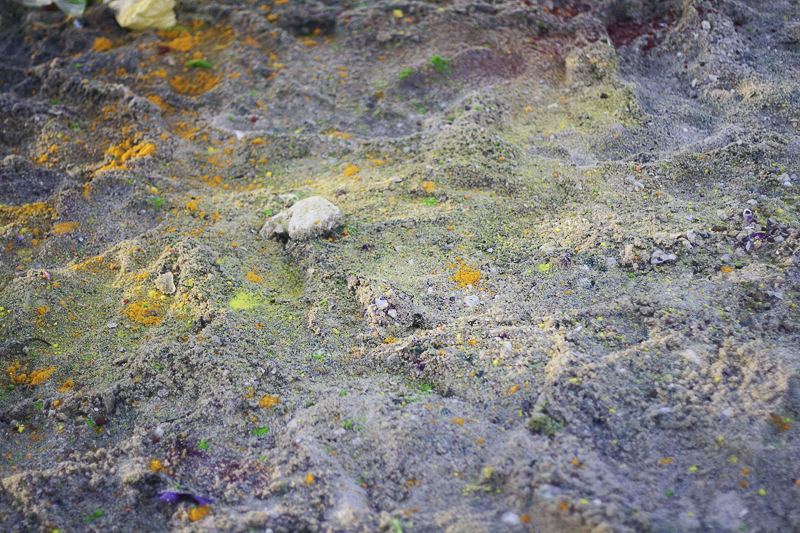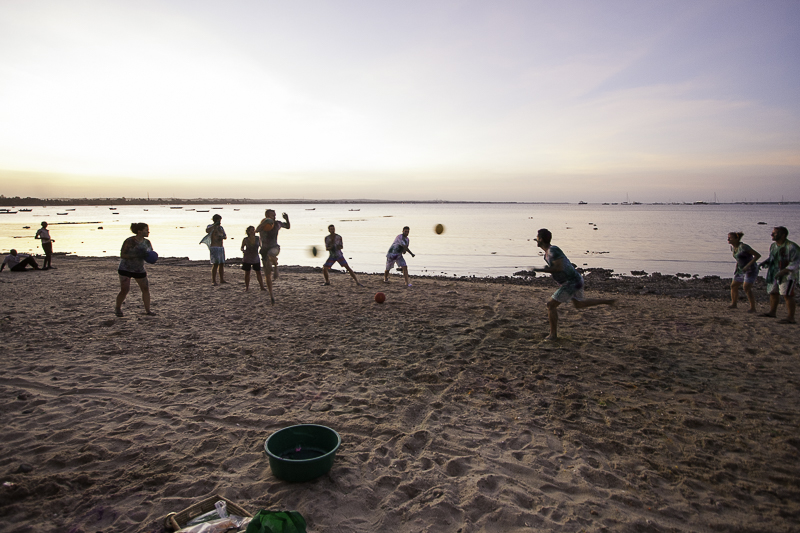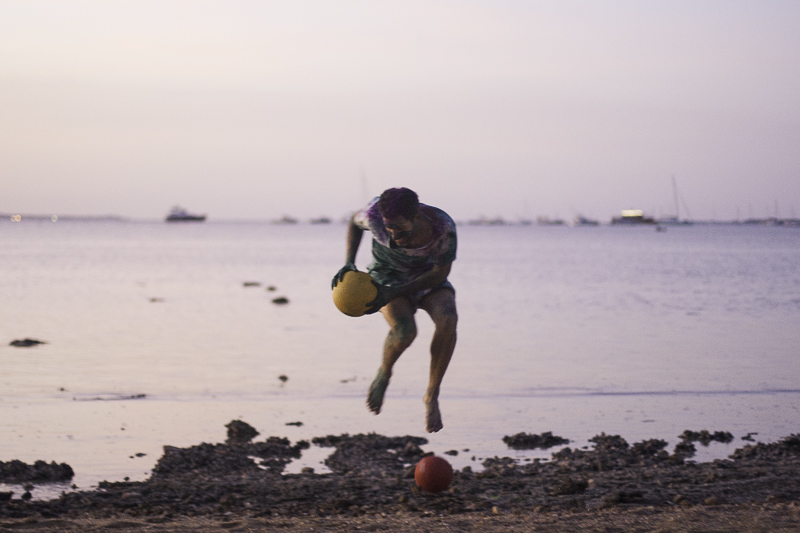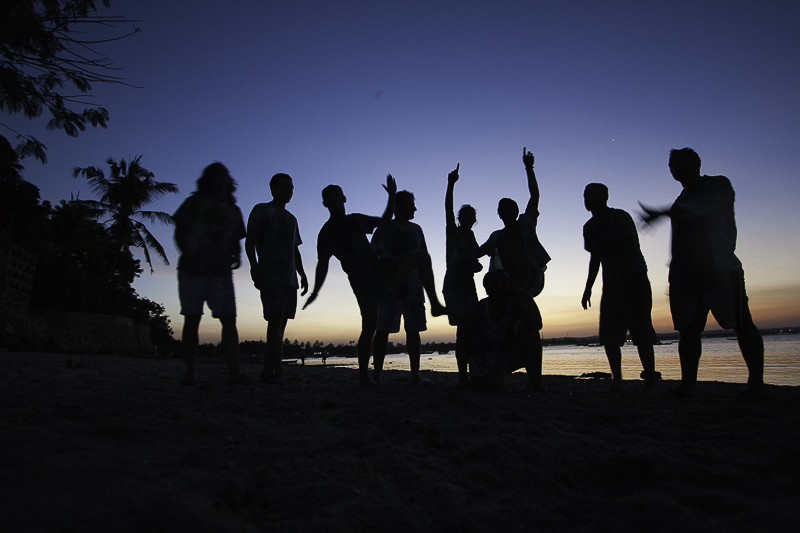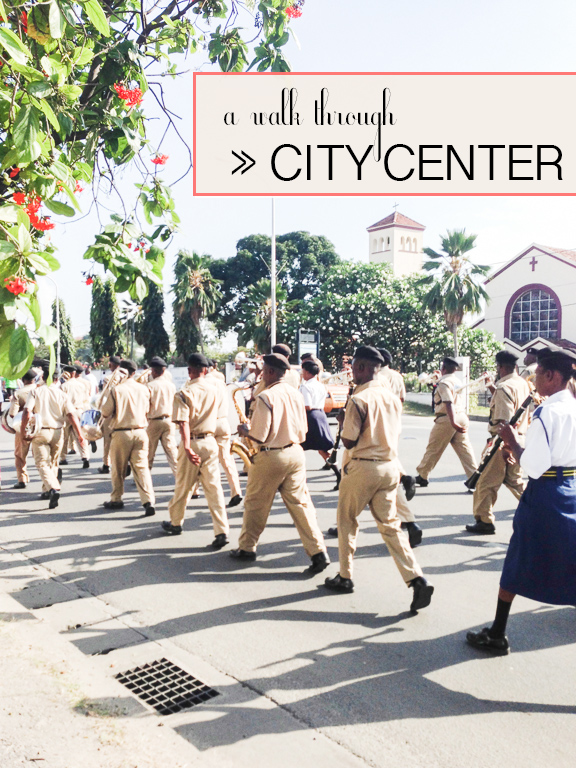Each year the full moon that appears on the eighth month of the Chinese calendar calls for great celebrations, heralding the past year’s harvest or praying for the next year’s bounty, and celebrating the full moon in the sky. In the old days, royalty and peasants alike would take a break from their regular routines to celebrate with friends, family, and feasting. Called Mid-Autumn Festival (Zhong Qiu Jie) in China, Chuseok in Korea, Tsukimi in Japan, and Tet Trung Thu in Vietnam, this year the lunar holiday falls on this date, September 8.
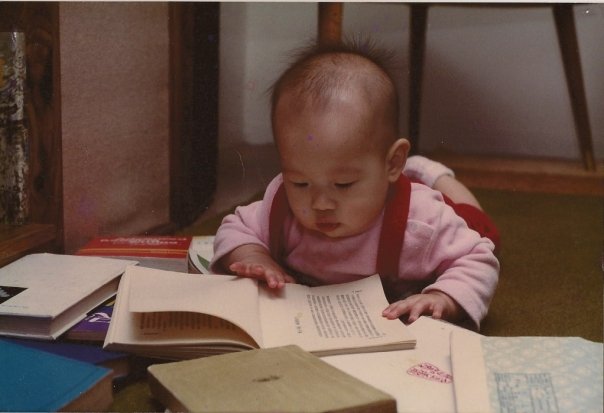
Me, fully erudite in Chinese, circa 1983.
Those who knew me growing up are familiar with my 12-year struggle in the once-a-week Friday night torture session that was more formally known as Silicon Valley Chinese School. (How better to traumatize a high school student than to rob her of her Friday night dances?) But of course, like all things your parents say you will eventually thank them for in the future, of course I now thank them for sending me to Chinese School; for instilling a good sense of Chinese language, both spoken and written, and for the various aspects of culture it cemented within me. It was at Chinese School, in addition to at home, where I learned the romantic folklore surrounding the Mid Autumn Festival, telling of a famous archer who shot down nine out of ten suns in the sky to save the earth from the scorching heat, who was subsequently rewarded with a magical elixir of immortality. The story continues to tell how the love of his life then drank this elixir and was transported to the moon for the rest of eternity–along with a rabbit, although how this rabbit came to be in the moon, my memory fails to recall.
Myself aside, many of the Chinese diaspora who have since emigrated to countries such as Singapore, Malaysia, Thailand, the Philippines, and elsewhere, brought this holiday and its lore to their overseas communities. Unbeknownst to me until this year, the Japanese, Korean, and Vietnamese cultures also celebrate this harvest moon, though with different folklores and slightly different rituals.
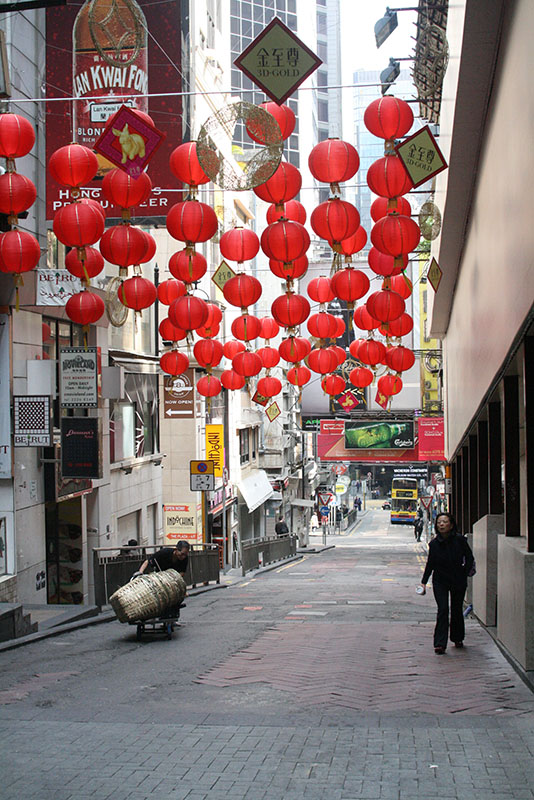
Streets of Hong Kong during the holidays
Chinese culture is something I rarely recall in my life here in Dar, other than the fact that Tanzanians always scream out “China! China! Japan! Japan!” When I pass by them on the streets of City Centre. I actually tried speaking Chinese the other day, only to find myself stumbling over the most basic of words, and leading the Chinese man who asked me where the milk was in the grocery to ask/accuse, “You’re not Chinese….? What are you?” A bit offensive, but unsurprisingly Chinese of him.
I find myself yearning to celebrate holidays so heavily traditional and culturally rich as they have in China. Here in Tanzania, Muslim holidays aside, the year is chock full of non-celebratory bank holidays: Workers’ Day, Independence Day, Nyerere’s Birthday, Boxing Day…you get the point.

A typical Asian potluck–too much food.
This year, myself, a Korean friend, and a Singaporean friend decided that we needed to round up the Asian population in Dar for a feast in celebration of this great festival to the moon. We called it Asian Thanksgiving– because how much more appropriate could you call this Pan-Asian merging of family and friends and supreme feasting?
We had what was likely to be Dar’s all-time best Asian cuisine: An Asiatic mix that included Japanese pork belly, Korean bulgogi and fried chicken, Vietnamese chicken salad, two different kinds of Philippino Adobo and fresh homemade buns, Thai Green Curry and coconut fish stew, and tons of homemade noodles, and rice. Best of all, we had sweet sticky rice and moon cake for dessert. Moon cake, here in Africa…what a treat!
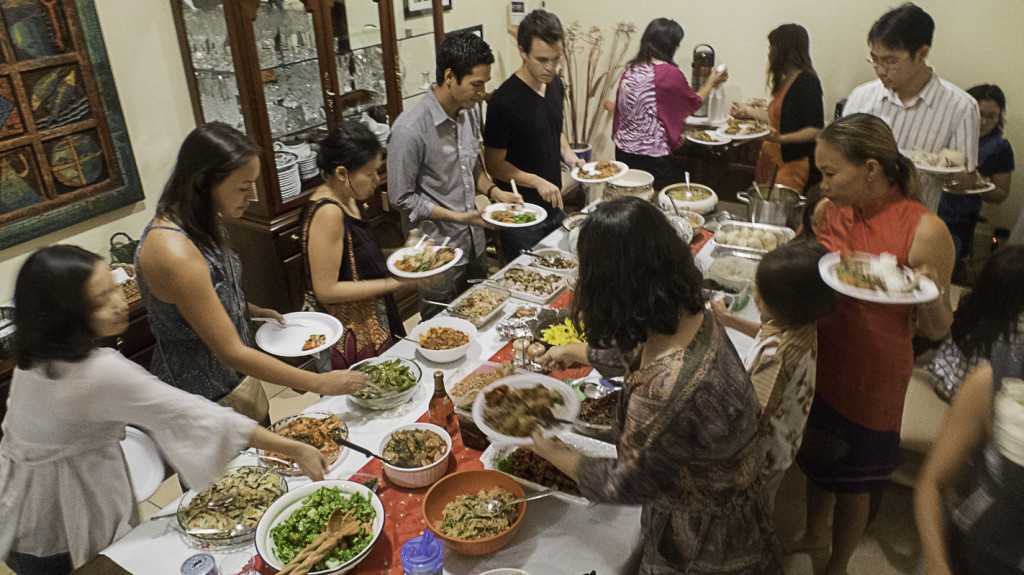
I was too busy running around the party to remember to take detail shots of the party, but here are a few overview shots of the group. Happy Mid Autumn Festival….or, more appropriately: 中秋節快樂!
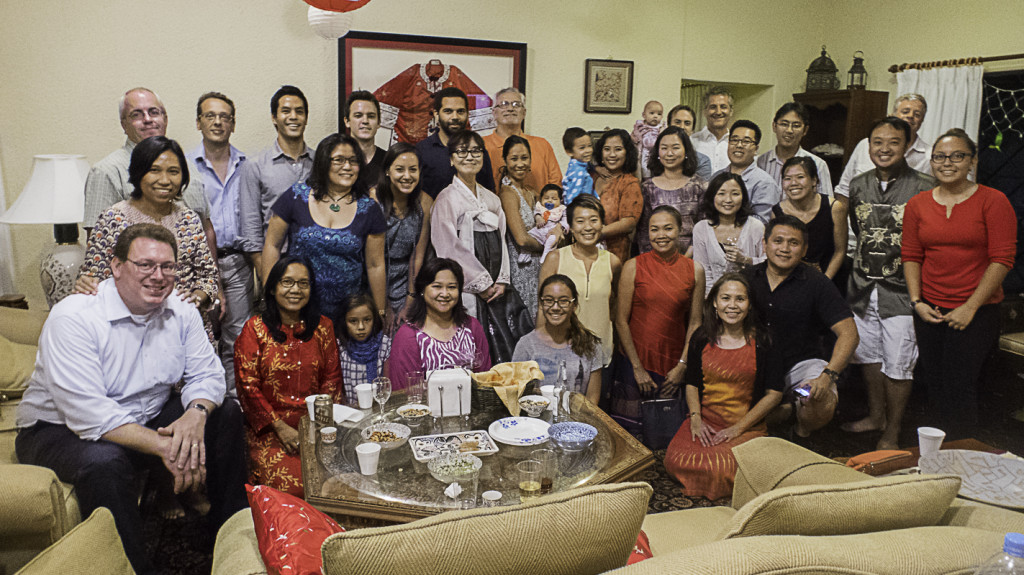
My Asian family here in Dar.
